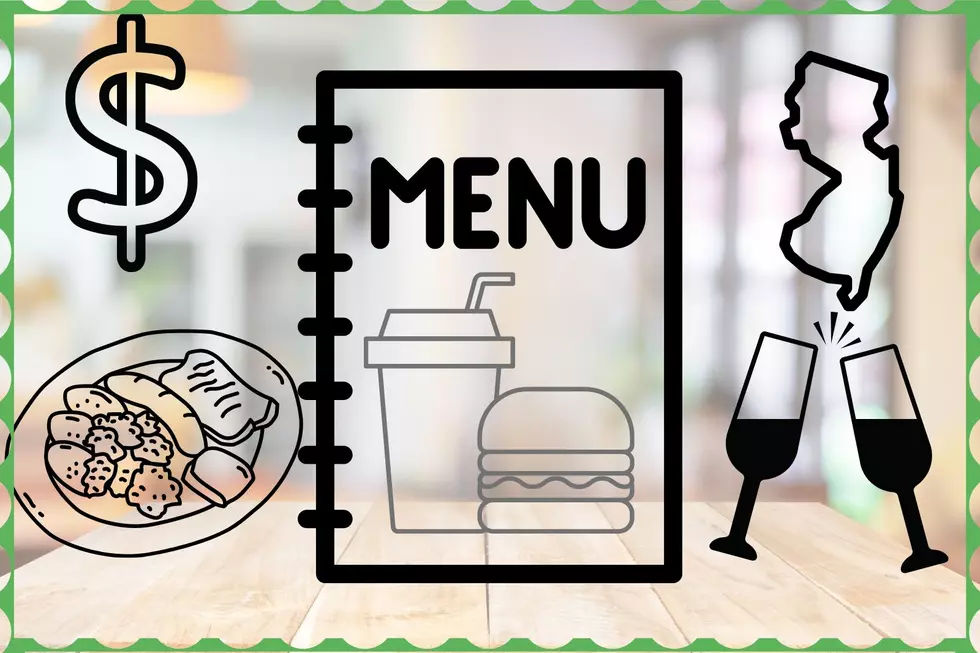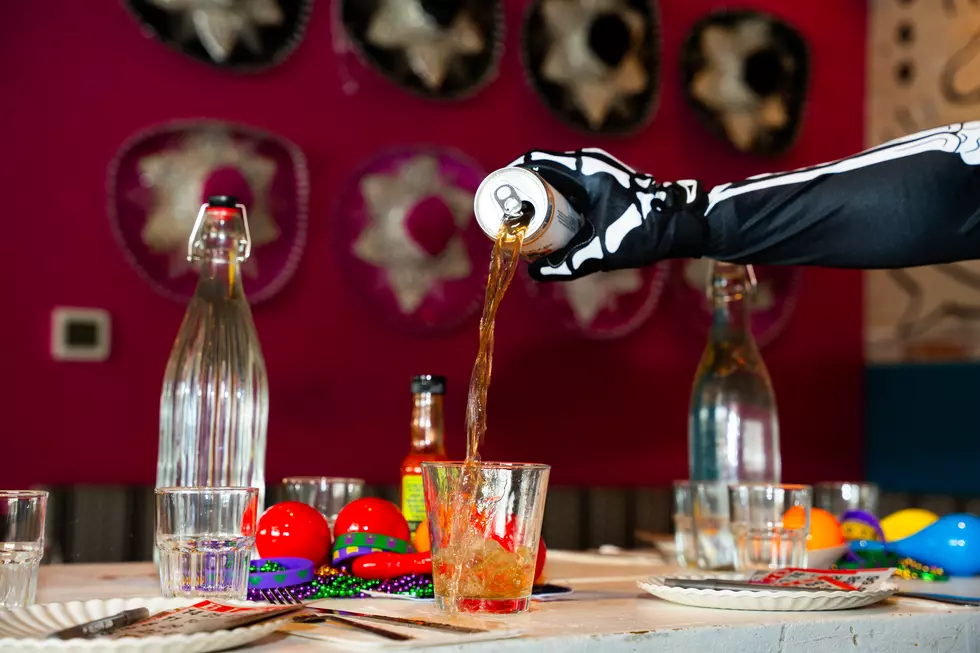
The Germiest Things You Touch Every Day
AARP put out a list of the Top 8 Germiest Things People Touch Every Day. With a flu epidemic wreaking havoc on New Jersey right now, you might want to see this list.
Courtesy of AARP.org,
1. Restaurant Menus: Have you ever seen anyone wash a menu? Probably not. A study in the Journal of Medical Virology reported that cold and flu viruses can survive for 18 hours on hard surfaces. If it's a popular restaurant, hundreds of people could be handling the menus – and passing their germs on to you. Never let a menu touch your plate or silverware, and be sure to wash your hands after you place your order.
2. Lemon Wedges: According to a 2007 study in the Journal of Environmental Health, nearly 70 percent of the lemon wedges perched on the rims of restaurant glasses contain disease-causing microbes. When the researchers ordered drinks at 21 different restaurants, they found 25 different microorganisms lingering on the 76 lemons they secured, including E. coli and other fecal bacteria. Tell your server that you'd prefer your beverage sans fruit. Why risk it?
3. Condiment Dispensers: It's the rare eatery that regularly cleans its condiment containers. And the reality is that many people don't wash their hands before eating, says Kelly Reynolds, Ph.D., a germs specialist and public health professor at the University of Arizona. So while you may be diligent, the guy who poured the ketchup before you may not have been, which means his germs are now on your fingers , and your fries.
4. Restroom Door Handles: Don't think you can escape the restroom without touching the door handle? Palm a spare paper towel after you wash up and use it to grasp the handle. Yes, other patrons may think you're a germ-phobe – but you'll never see them again, and you're the one who won't get sick.
5. Soap Dispensers: About 25 percent of public restroom dispensers are contaminated with fecal bacteria. Soap that harbors bacteria may seem ironic, but that's exactly what a University of Arizona study found. "Most of these containers are never cleaned, so bacteria grow as the soap scum builds up," says microbiologist Charles Gerba, Ph.D., who directed the study. "And the bottoms are touched by dirty hands, so there's a continuous culture feeding millions of bacteria."
6. Grocery Carts: The handles of almost two-thirds of the shopping carts tested in a 2007 study at the University of Arizona were contaminated with fecal bacteria. In fact, the bacterial counts of the carts exceeded those of the average public restroom. To protect yourself: Swab the handle with a disinfectant wipe before grabbing hold (stores are starting to provide them, so look around for a dispenser).
7. Airplane Bathrooms: When microbiologist Charles Gerba, Ph.D., tested for microbes in the bathrooms of commercial jets, he found surfaces from faucets to doorknobs to be contaminated with E. coli. It's not surprising, then, that people often get sick after traveling by plane. Clean your hands thoroughly with a sanitizer and try not to directly touch the surfaces.
8. Doctors' Offices: A doctor's office is not the place to be if you're trying to avoid germs. To limit your exposure: Bring your own books and magazines (and toys, if you have your children or grandchildren with you) and pack your own tissues and hand sanitizers, which should have an alcohol content of at least 60 percent. If possible, in the waiting room, leave at least two chairs between you and the other patients to reduce your chances of picking up their bugs.
Do you take any extreme measures to make sure you don't get sick? Share your thoughts in the comment section below.
More From New Jersey 101.5 FM









